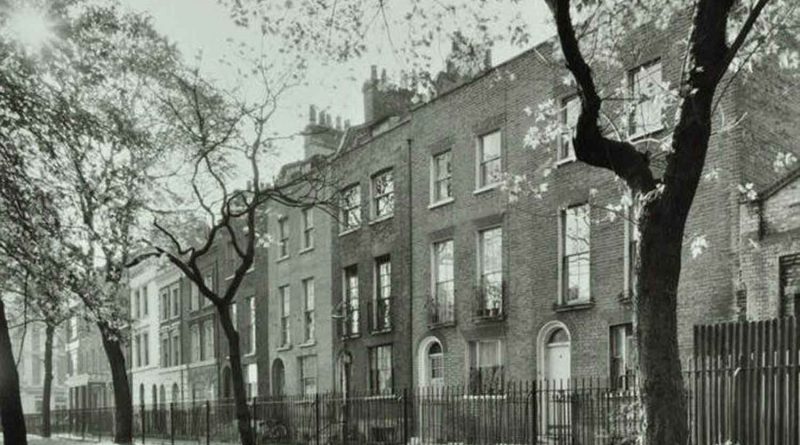A history of the 340 year-old Paradise Gardens in Bethnal Green
Paradise Gardens is perhaps the most overlooked patch of green in the East End, but this small green opposite St. John’s Church at the junction of Roman Road and Bethnal Green Road has been a testament to public green spaces for over 340 years.
You may have walked past Paradise Gardens multiple times on your commute through Bethnal Green station or had a view of it sipping a cocktail at Chiringuito, a quaint Mexican bar across Cambridge Heath Road overlooking the gardens.
Unfortunately, it tends to be ignored in favour of the much larger Bethnal Green Garden and Museum Gardens across the road. But Paradise Gardens and the immediate area surrounding it have a long, interesting history that is worth a closer look.
The garden has historic Grade II status, having been a protected green space for the public since 1678, which back then was designated ‘common land.’ The wider area is also protected as it is now part of the Bethnal Green Conservation Area that includes a cluster of Grade II listed buildings – including the Bethnal Green Library, Museum of Childhood and York Hall.
Take a walk along the winding path cutting through the gardens and you will see a row of terraced houses prettily framed by trees, called quite appropriately Paradise Row.
The row, built in the 18th and 19th centuries, was home to the famous British Jewish boxer, Daniel Mendoza (1764-1836). This English boxing champion lived at No. 3 Paradise Row and you will see a blue plaque commemorating his time here.
Want to imagine what this area would have been like in the Victorian Era? According to Charles Booth’s famous map of poverty in London, Paradise Row would have been a relatively rare wealthy row of houses, in a largely poor area.
Next time you walk through Bethnal Green, take five minutes to veer off your usual beaten track and appreciate the layers of history in East London hiding beneath its everyday appearances.


My great nan, Susannah Matilda Attwell/Brown/Clarke was raised by her aunt from the age 2 by her aunt & uncle(s), Sarah Ann George (née Bertrand) (née Regelous) & (1st husband passed: Samuel Bertrand) (2nd husband:) James Henry Regelous, when her mother passed in 1894 & grew up & lived with Sarah Ann & James Henry Regelous (uncle of Arthur William ‘Little Peter” Regelous—memorialised on the plaque on the Museum Gardens Fountain) at 9 Paradise Row, BG from the early 1900’s thru circa 1934, when Sarah Ann Regelous passed away. I have always wanted to know what that flat looked like inside back then & now & would LOVE a high resolution copy of Paradise Row from the early 1900’s. Is it possible to get one? I’d really appreciate it!
Cheers, Jesse
My dad lived in Paradise Row before the war and his aunt lottie had a kitchen in the basement. She was still there early 60s and it was little more than a slum, with a toilet out the back, under the railway arches. Frightening when the trains rattled over. I hardly think it was a wealthy area
Hi my Nan Cecilia Elizabeth Parker grew up in 9 paradise row Bethnal Green with her mother Sarah springhall and father John morton, 1939 they had 7 children